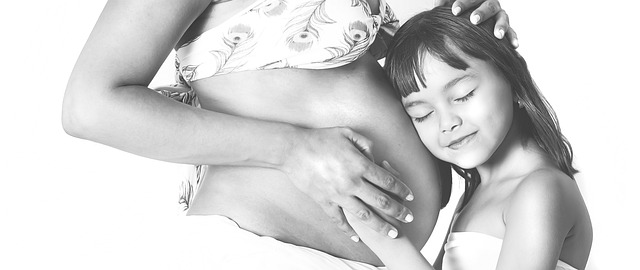I penned a blog about endometriosis and PCOS to provide support for both myself and others navigating these challenges. Writing has always been a natural outlet for me, and I hope sharing my story will help women facing similar struggles feel less isolated.
My Journey with Endometriosis and PCOS
From the moment I started my period at 15, I knew something was off. The pain was unbearable—often leaving me on the floor or rushing to the bathroom. School became a challenge, and doctors dismissed my suffering by prescribing the pill, insisting it was all part of “normal” menstruation.
A pivotal moment in my journey occurred when I collapsed walking home one day. The pain was so intense that I could hardly function. After a visit to the hospital, I learned that I likely had polycystic ovaries and that I would just have to deal with it. The thought of living with this condition was overwhelming, especially as I spent the next 15 years battling severe pain and unrelenting heavy periods, often feeling housebound.
It took nearly a decade of advocating for myself and numerous hospital visits before I received a diagnosis of endometriosis, which was finally excised in 2015. It felt like a breakthrough after years of suffering.
Fertility Journey with My Partner
Fast forward to meeting my husband, Alex, in 2016 during a trip to Greece. We began trying for a baby about a year and a half later, anticipating challenges due to my history. Fortunately, my GP was proactive, referring me for tests even though NHS guidelines typically require two years of trying.
We qualified for two rounds of NHS-funded IVF and were referred to a fertility clinic. However, during our first consultation, I sensed something was off; I was informed that my endometriosis had returned, my ovaries were polycystic, and my egg reserve was lower than expected. It was a lot to take in, and I felt a mix of sadness, frustration, and anger. Thankfully, my husband stepped in with some much-needed optimism, reminding me that a low egg reserve still meant we had options.
Two Successful Cycles
Once treatment began, I felt a weight lifted off my shoulders. The clinic staff were understanding and supportive, which made all the difference. For my first round of IVF, I was given a medication protocol that helped me produce 29 eggs, resulting in a frozen transfer. Fortunately, my body was able to handle the embryo transfer without additional medication, and we welcomed our son, Leo, in November 2020.
Three years later, we returned for our second round of IVF, this time self-funded since the first had been successful. Again, no medication was needed after the embryo transfer, and we were thrilled to welcome our second son, Noah, in May 2024. Now, we feel a sense of closure and relief, knowing we can move forward from this chapter of our lives.
We’ve also chosen to donate our remaining embryos to research, hoping to help other families in the future.
Sharing My Experience
I’ve always felt that being open about my journey could help others. Writing this blog has been cathartic, and it reassures me that I’m not alone in this. The emotional rollercoaster of IVF is intense; there are fears and hopes intertwined in every step. I remember the anxiety of testing early after our first transfer—wondering if this was finally it for us. It was a mix of emotions, but what resonated most was the love I felt for that little life, regardless of the outcome.
Women need to be their own advocates, especially when navigating conditions like endometriosis and infertility. Many times, I’ve been told my pain was “hysterical” or that I should just relax. But the reality is, these conditions can take over your life, and sharing my story helps me cope.
If you’re looking for more information on related topics, check out this helpful blog post on how to dress your baby for sleep.
Summary
Sophie’s journey through endometriosis and PCOS has been filled with pain and challenges, yet she found hope and success through IVF. Her story highlights the importance of self-advocacy and the power of sharing experiences to support others in similar situations.

